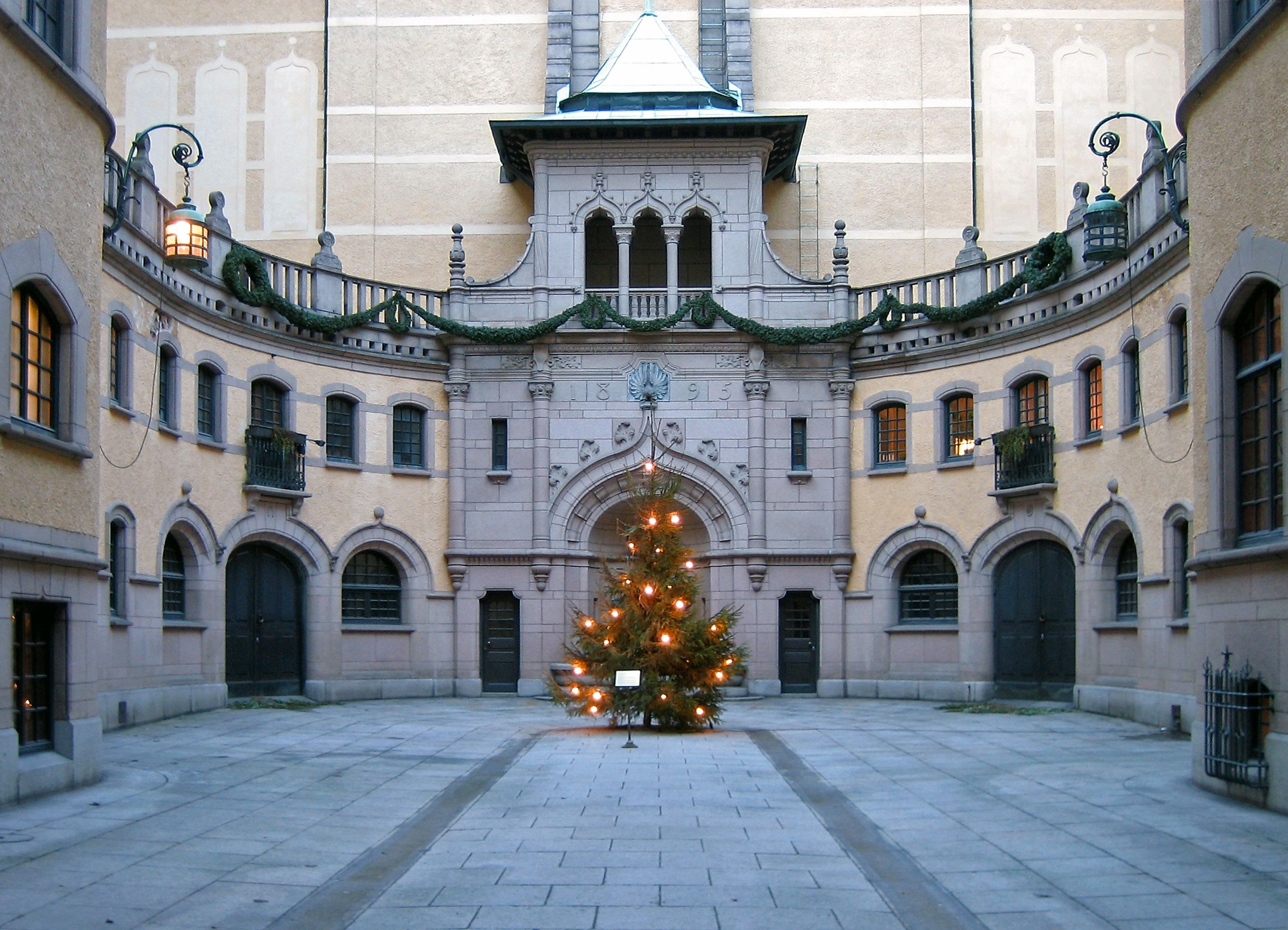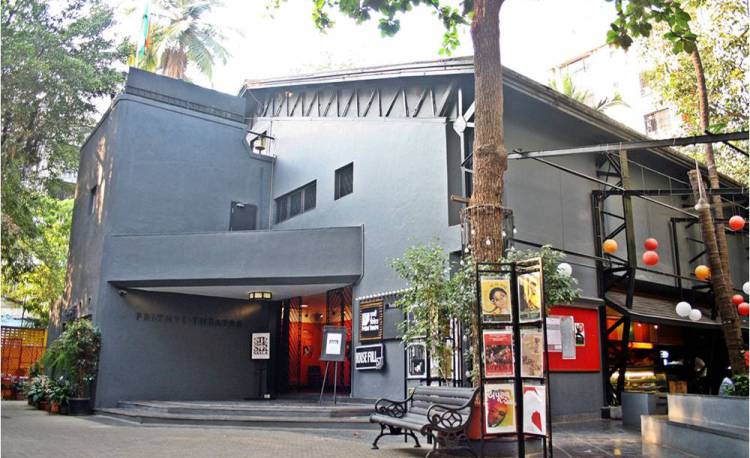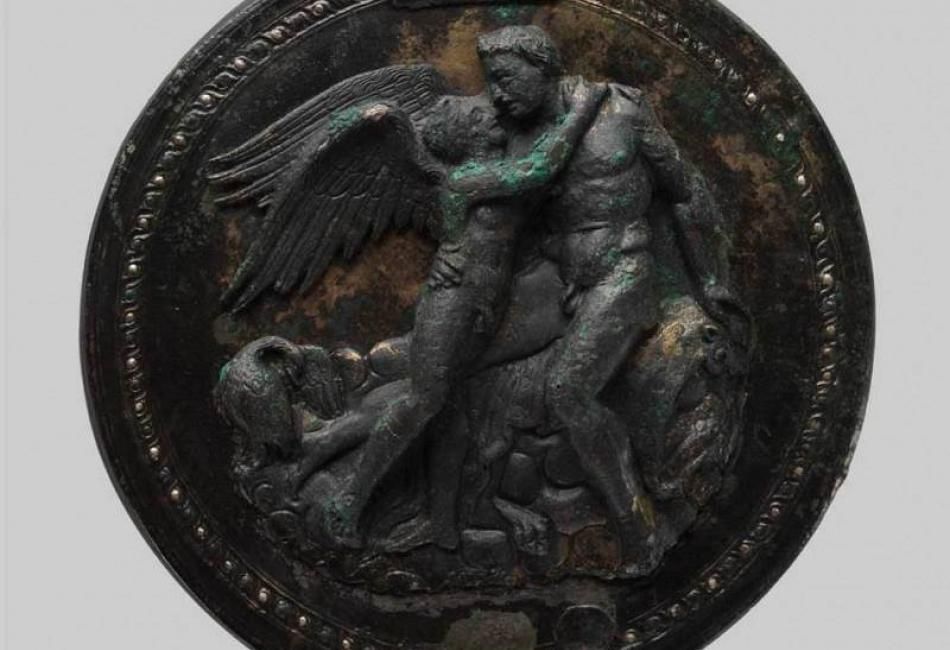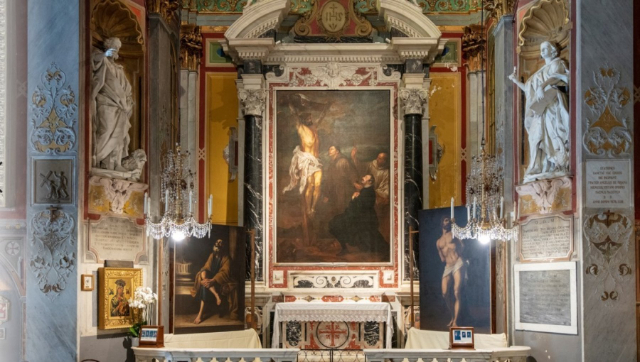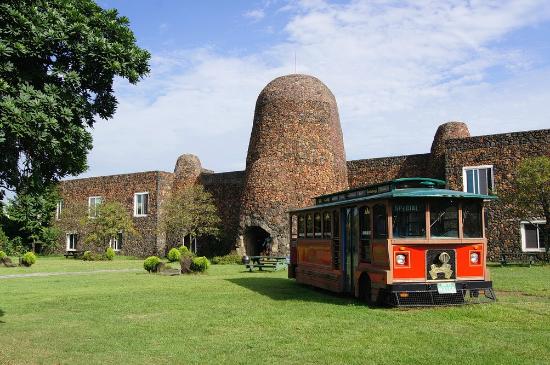The Hallwyl Palace was built 1893-1898 to the design of Isak Gustaf Clason for Count Walther von Hallwyl and his wife Wilhelmina. It was created to accommodate the office of the count and the extensive art collection of the countess. While the exterior of the building and the court is historical in style — borrowing architectonic elements from medieval prototypes and Renaissance Venice — it was technically utterly modern on its completion — including electricity, central heating, telephones, and bathrooms, while the elevator was a later addition.
The countess collected her artworks during her worldwide journeys in order to found a museum, and, consequently, the palace was donated to the Swedish State in 1920, a decade before her death. The collection encompasses some 50,000 objects, and the museum is still open to the public.
